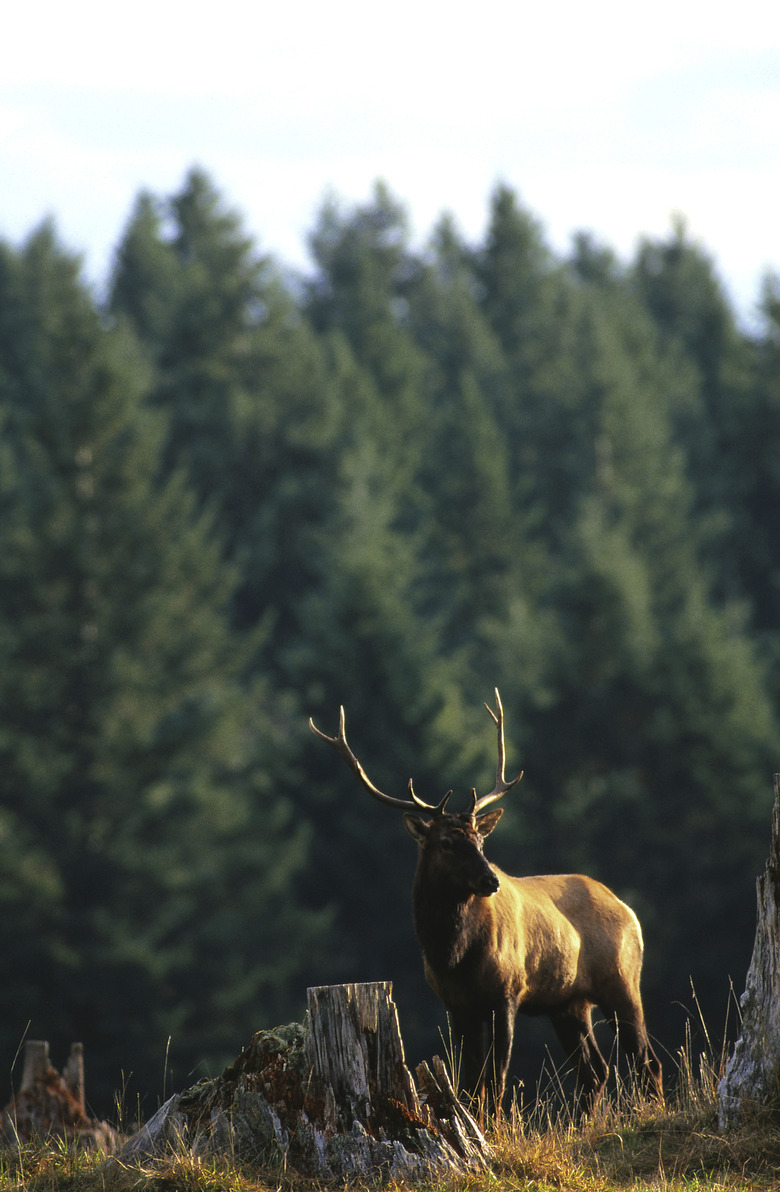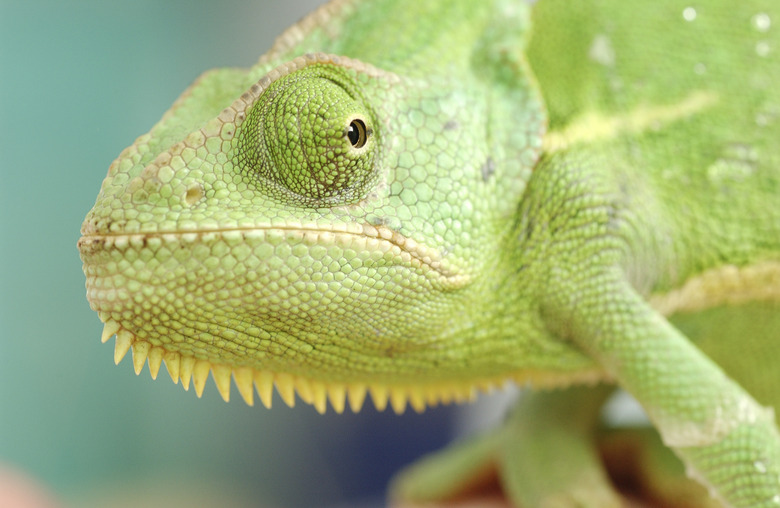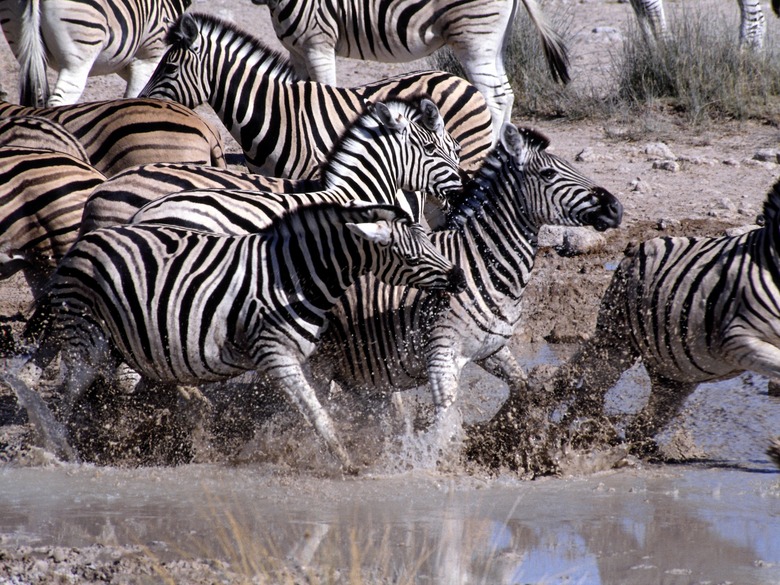What Is The Prey In An Ecosystem?
An ecosystem is composed of a biological community and the physical and chemical characteristics that make up the nonliving environment in which the community lives. Ecosystems are specific to places, and the boundaries of these spaces may vary depending on who is determining them. Some examples of ecosystems include ponds, grasslands, forests, and deserts. The prey in any ecosystem refers to the animals eaten by other animals. Different ecosystems are home to different prey species.
Prey Characteristics
Prey Characteristics
Most animals are prey at some point in their lives. Even predators, like wolves, are potential prey when they are babies. Herbivores, which are potential prey for their entire lives, have physical characteristics that help them avoid predation. Many prey species have eyes on the sides of their heads, which allows them to see more of their surroundings. Some prey species, like the snowshoe hare, use camouflage to hide from predators.
Other Prey Defense Mechanisms
Other Prey Defense Mechanisms
Prey species employ a number of defense mechanisms to protect themselves. Predators often detect their prey based on noise and movement. Prey species, like crickets, become silent when predators approach. Prey species often live in groups; when a herd or flock is moving quickly, it is difficult for predators to single out an individual animal. Some prey species have biological adaptations that make them difficult for predators to eat. The puffer fish, which inflates when attacked, is one example of a prey species that has evolved mechanisms to protect itself.
Predator-Prey Relationships
Predator-Prey Relationships
Predators and their prey often evolve together, developing characteristics that help them catch prey if they are predators and remain safe if they are prey. For example, the fastest lions on the savannah are the ones that catch prey and have the energy to reproduce. Over time, the lions get faster because the fastest ones are able to survive and thrive. But the zebras and gazelles that the lions prey on become faster over time as well because the fastest animals are able to avoid predation and reproduce. Natural selection dictates that the characteristics necessary for survival become stronger in both the predator and prey species. Therefore, the animals change, but their relationship to one another does not.
Prey in Different Ecosystems
Prey in Different Ecosystems
Different ecosystems are home to different prey species. In marine ecosystems, the prey species are often small fish and crustaceans. In grassland ecosystems, common prey species include herbivorous mammals. Forest ecosystems are home to a wide variety of prey species, including small birds and mammals, insects and even plants. Predator-prey relationships are complex. Species can play the role of prey one moment and predator the next.
Cite This Article
MLA
Cairoli, Sarah. "What Is The Prey In An Ecosystem?" sciencing.com, https://www.sciencing.com/prey-ecosystem-4488/. 24 April 2017.
APA
Cairoli, Sarah. (2017, April 24). What Is The Prey In An Ecosystem?. sciencing.com. Retrieved from https://www.sciencing.com/prey-ecosystem-4488/
Chicago
Cairoli, Sarah. What Is The Prey In An Ecosystem? last modified August 30, 2022. https://www.sciencing.com/prey-ecosystem-4488/


